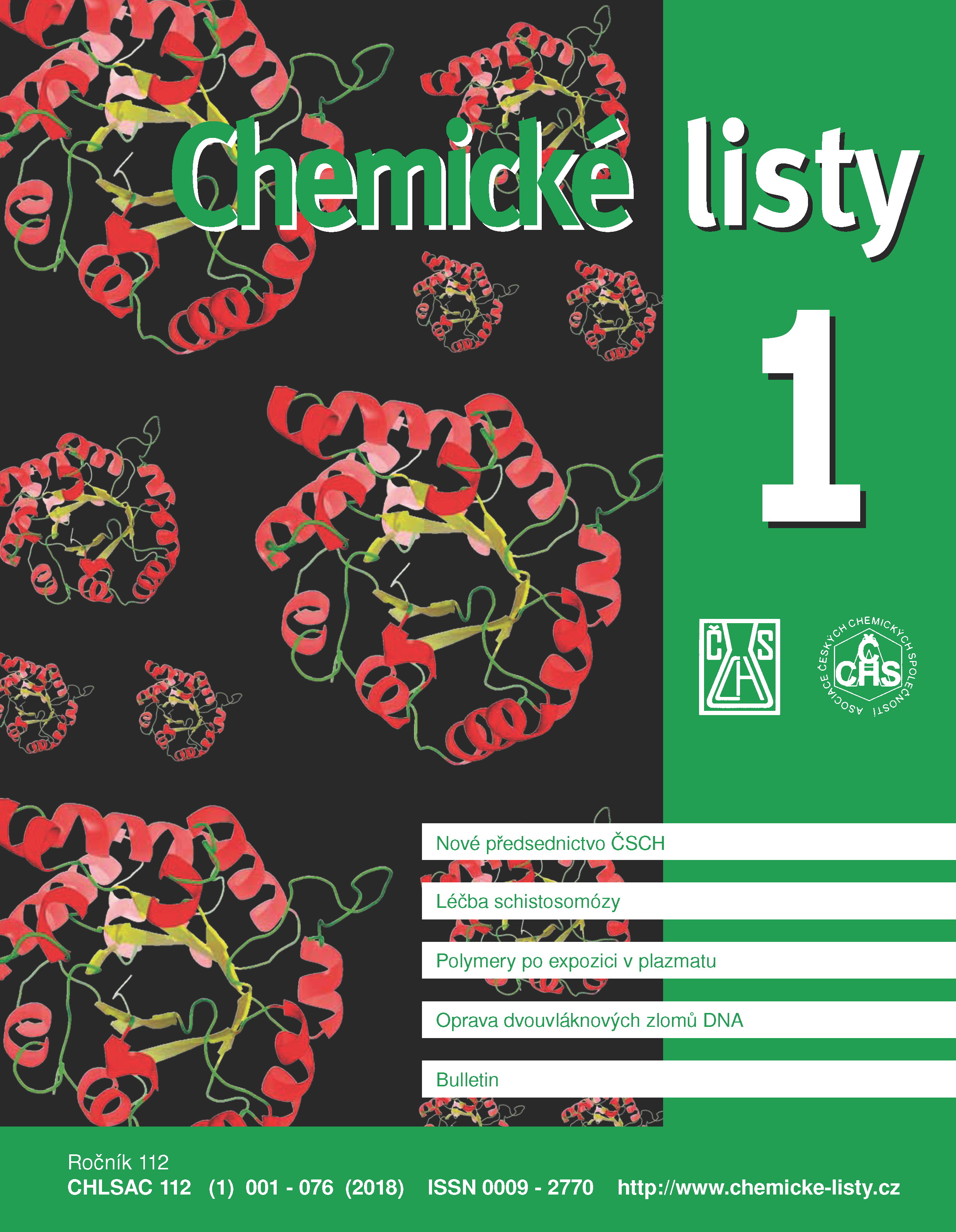Katepsin B1 parazitické krevničky: molekulární cíl pro léčbu schistosomózy
Klíčová slova:
katepsin, proteasa, proteolýza, schistosoma, parazit, inhibitor, chemoterapeutika, vakcínaAbstrakt
Schistosomiasis represents a global health problem with over 200 million people infected. It is caused by blood flukes of the genus Schistosoma that live in the human cardiovascular system, feeding on blood. Digestive protease cathepsin B1 of Schistosoma mansoni (SmCB1) plays a critical role in the proteolysis of host blood proteins and was identified as a target for chemotherapy of schistosomiasis. This review provides an update on function and structure of SmCB1, and novel intervention strategies against schistosomiasis based on SmCB1 inhibitors and vaccines.





